Are your exam security protocols keeping up with the latest technology? Over the last decade, new consumer technologies have entered the market in a big way and are putting profound pressure on content security, identity verification, and test taker privacy.
Today, it doesn’t take much for people to equip themselves James Bond-style with affordable tech that allows them to do everything from filming test questions to creating picture-perfect identification to pass themselves off as someone they’re not. In uExamS’s Quality Assessment engagements, we’ve identified three key areas where test developers and administrators need to pay particularly close attention.
Wearable Tech
There’s been a recent explosion in new wearable technology. Everyone knows about smart watches and FitBits, but there are also new, nano-style camera and video tech that can be embedded in eyewear, in shirt buttons, and into writing utensils. They’re hard to spot and you have to know what to look for. This new wearable & embeddable technology poses one of the most significant content security issues for testing organizations in a long time.
Check In / Registration
New scanning and printing technologies have made it easier than ever to create exceptionally good identification forgeries. It’s vital that on site check-in staff understand the various watermarking and embedded elements in government-issued identification used to prevent forgeries. False identification enables “surrogate” test taking, where a test taker sends someone else in their place to sit for an exam. Comprehensive staff training is crucial to ensure your test takers are actually who they say they are.
Staffing Concerns
Do you know all the connections that your test administration staff have to your test takers? Are your staff following all of your content security protocols at the test site? What checks and balances do you have in place to ensure that your exam content is being handled properly? On-site staff is paradoxically one of your biggest security risks, as well as your best line of defense for exam security. Proper training and foolproof procedures are the first and foremost elements to an effective content security program.
How can you minimize risk?
We’re in an industry that used to administering tests to others; but this is one place where we have to test ourselves. A formal quality assessment program is the most effective way to ensure your testing operations are functioning as they should and you have the right security protocols in place to prevent the leaking of any exam content.
At uExamS, a quality assessment engagement can take many forms. For example, we often send in “secret shoppers,” trained staff posing as test takers and provide detailed reporting on and insights into your test taker experience. We also recommend “stress testing” your operations by having our team attempt to bring in banned items or try to record or take exam material. We also review security protocols from top to bottom and make recommendations to ensure that you have best-of-breed security protocols and checks in place.
New technologies have made exam security procedures more important than ever. And there’s no better time than the present to put your exam program to the test.

